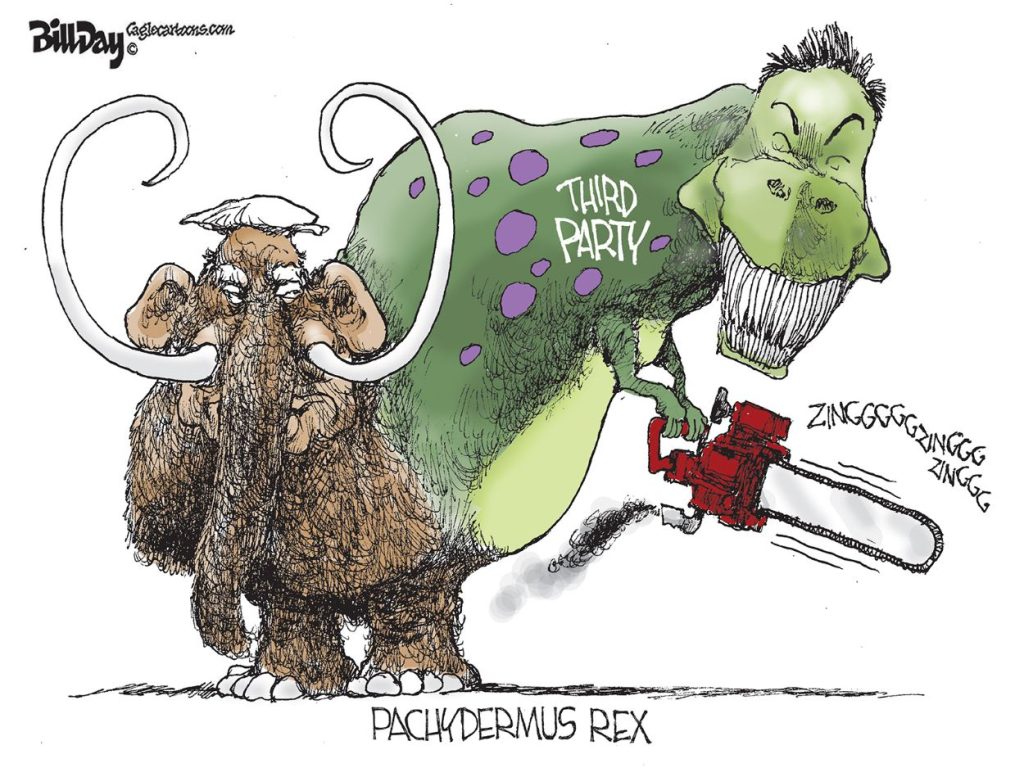There are hopeful signs that the Memphis region’s economic decline has bottomed out, but there’s still little doubt that it will be a slog to get back to pre-Recession levels.
Then again, the goal of Memphis MSA needs to be more than get to pre-Recession levels, because in the seven years prior to the Recession, our metro was already struggling. The 2001 recession had cost the region tens of thousands of jobs and just as things seemed to be improving, the Great Recession hit the metro with its body blow.
U.S. Conference of Mayors has said that it could be three more years before the Memphis MSA gets to those pre-Recession levels, and that prognosis was borne out in a report a few days ago from Brookings, which said that the Memphis region ranks #90 among the largest 100 metros in its recovery from the Recession, down one place from its previous report. Chattanooga is #55, Knoxville is #49, and Nashville is #7.
The good news is that job losses bottomed out in the third quarter of 2010, and in the last quarter of 2013 and the first quarter of 2014, Memphis was #17 in jobs growth at 0.7%. Unemployment peaked in the fourth quarter of 2009, but the concern is that new jobs are being created slowly, much of it taking place outside the city limits of Memphis, and there are too many low-wage jobs paying less than a living wage for an adult and child replacing jobs that paid much more.
Breaking The Rankings
In the 2013 Milken Index of Best-Performing Large Cities – a comprehensive and objective metric of metro economic performance – the Memphis region had one of the biggest declines for 2007 to 2012 – from #99 to #150 (among 200 largest metros).
In 2011-2012, Memphis was #122 in jobs growth, it was #54 in high-tech growth for 2011-2012, #22 in high-tech GDP growth for 2007-2012, but poor wage growth (#154) and number of high-tech industries (#133) and high-tech concentration (#147) drags it down. (Compared to Memphis’s #150 ranking, Nashville was #14, Knoxville was #64, and Chattanooga was #174, which had the second biggest drop in the entire country – previously it was #80.)
Those are a lot of numbers, but here’s the thing: the Memphis MSA has had roughly the same Milken Index ranking since 2005 before the Recession.
GDP Realities
Meanwhile, the Memphis region’s Gross Domestic Product (GDP) has started showing signs of life. After floundering from 2008 to 2010, the GDP moved up by 4.7% in 2012 and 1.7% in 2013, ranking 46th in the largest regional GDP. In 2001, the Memphis GDP Per Capita was $49,324 and in 2005, it was $51,894, according to calculations by Zach Hoyt, our friend and a colleague in data analysis
He compared the per capita GDP of Memphis MSA with Birmingham MSA, Little Rock MSA, Louisville MSA, Nashville MSA, New Orleans MSA, Oklahoma City MSA, and St. Louis MSA. In 2013, the per capita GDPs were:
* Memphis MSA — $47,014
* Birmingham MSA — $49,034
* Little Rock MSA — $53,321
* Louisville MSA — $48,048
* Nashville MSA — $54,112
* New Orleans MSA — $56,943
* Oklahoma City MSA — $49,441
* St. Louis MSA — $48,738
The decline in Per Capita GDP is one of the most telling indicators of our economic challenges. Among these metros, Memphis’s GDP was ranked #2 in 2001, #3 in 2005, #6 in 2010, and is now last – #8.
Glimmers
In other words, it’s too soon to say that the regional economy has started a comeback defined by its confidence, but it’s not too soon to be hopeful about some early trends – jobs are being created and median income has risen for three years. But too many of the positive trends are taking place mostly outside Memphis.
But, after a decade of lethargy and economic decline, at least there is finally some sun shining through the dark clouds that have hovered above the region for so long.
That said, if new jobs growth is the replacement of better-paying jobs with $12-15 hour jobs, our economy will continue to be seriously weak. If we continue to be the #1 source of new residents in Nashville, we will continue to lose talent and people with higher incomes.
The truth is that we will never record the kind of economic progress that we need until we attack the structural problems that are an unforgiving drag on our economy – low educational attainment, sprawl, concentrated poverty, 20 percent of Memphians earning less than $10,000 a year, a median income in Memphis that does not equal a living wage for an adult and child, but when these are compounded with an uncaring state government and a U.S. Congress reducing support for urban programs, it means that we are going to have to largely figure out the answers for ourselves.
Just Do It
The good news is that there is no reason we can’t. We know that successful cities have higher levels of educational attainment and more college graduates, higher skill levels, higher levels of knowledge workers, and vibrant arts, culture, and entertainment. We have some smart people at our universities that need to become central to our planning, we have a new energy about pursuing new answers, we have the willingness to aim higher, and we have the young leadership unwilling to accept things as they are.
The Commercial Appeal recently wrote that Memphis lacks a vision and held up the Jobs Conference 35 years ago as an example of a process that developed one. In truth, the Jobs Conference did not produce a vision. It did, however, elevate the art of the possible by hearing from national leaders who convinced us that we did not have to accept things as they are and that we controlled our own destiny.
What the Jobs Conference did produce was a package of projects – they were about 50-50 in achieving their potential – and those might have been a proxy for a vision but it was nonetheless not a vision. And in retrospect, the over-emphasis on tourism and distribution as economic development generators were part of our descent into an economy overrepresented with low-wage, low-skill jobs.





